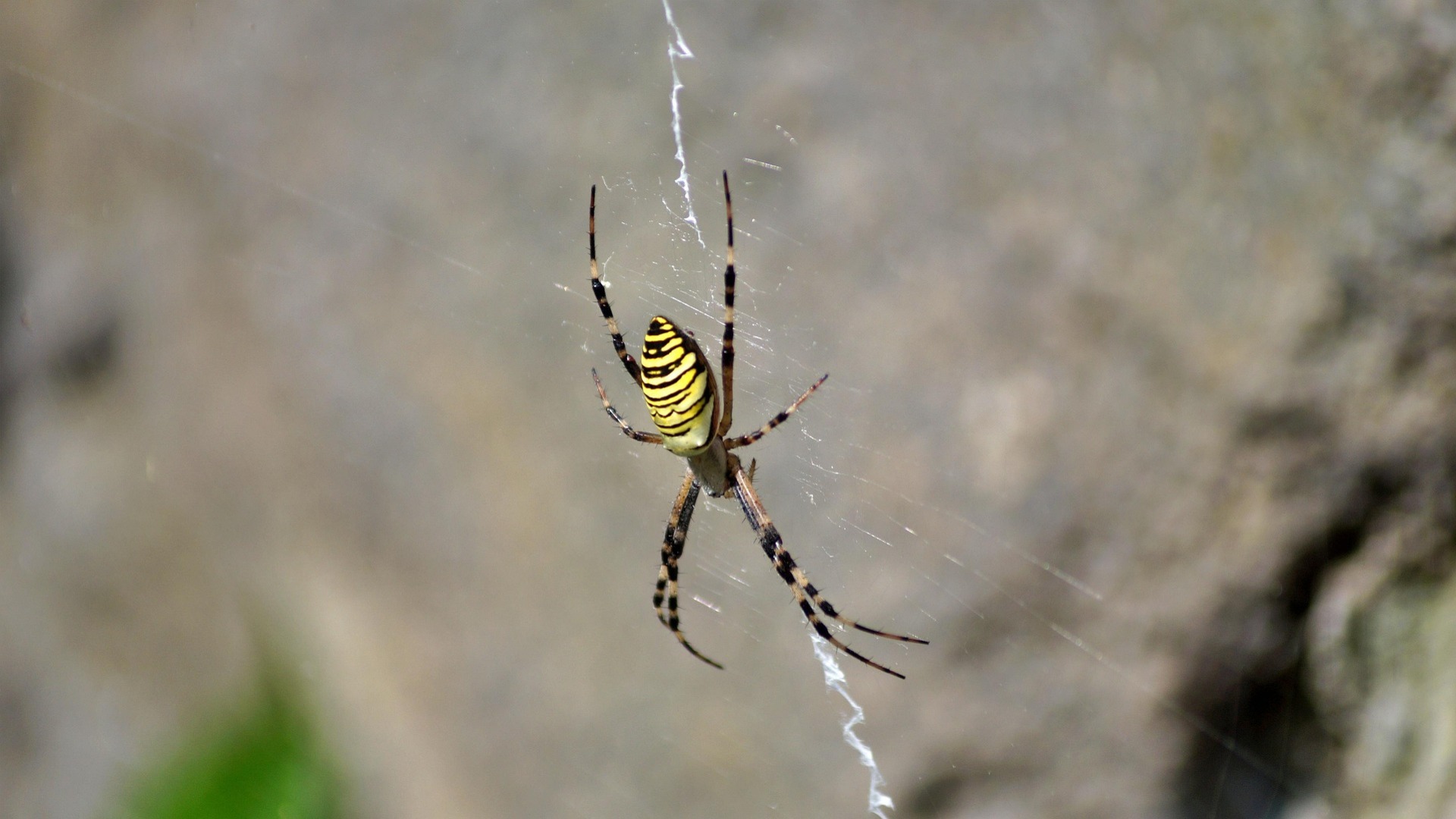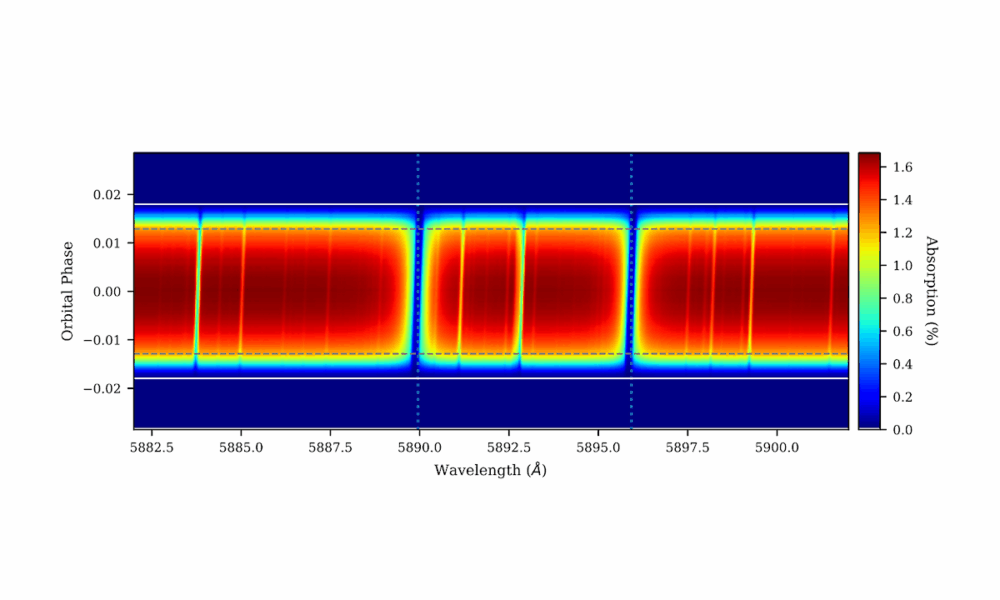Italian researchers have made significant strides in understanding the purpose of stabilimenta, a unique thread found in spider webs. Their study reveals that these intricate zigzag patterns serve as a sophisticated alarm system for detecting prey. Published in the journal PLOS One, this research offers new insights into the behavior of the spider species Argiope bruennichi, commonly found in the forests of Sardinia.
Over the course of three years, from 2018 to 2020, the team investigated the stabilimenta produced by three distinct populations of Argiope bruennichi. These spiders weave striking zigzag patterns along the radial threads of their webs, and the researchers sought to determine how these patterns influence prey detection. The findings indicate that the zigzags are not merely decorative but play a critical role in enhancing the spiders’ ability to sense vibrations from struggling prey caught in their webs.
The study underscores a longstanding curiosity among scientists regarding the function of stabilimenta. While previous theories suggested they stabilize the web, protect spiders from UV rays, or even attract or repel prey, this latest research focuses on the vibrational dynamics within the silk. The researchers combined extensive field observations with computer simulations to clarify the mechanical role of the stabilimenta.
Investigating Vibrational Mechanics
The team digitally imaged six different types of stabilimenta and modelled how vibrations travel through various webs. When prey strikes the web perpendicularly, the stabilimenta does not affect the transmission of alarm signals. However, if the prey is ensnared and struggles, the zigzag patterns effectively transmit these vibrations across a larger area of the web. This capability allows a spider, even one positioned far away, to be alerted to potential food.
As the study authors noted in a press release, “This study reveals that the decorative stabilimentum in Argiope bruennichi webs is more than just ornament, for it subtly changes how certain vibrations travel through the web.” This adaptation showcases the spiders’ remarkable evolutionary strategy, enhancing their hunting efficiency.
The implications of this research extend beyond the natural world. The findings could inspire the development of new bio-inspired materials with tunable elastic properties. By understanding how spiders utilize these structures, researchers can explore applications in engineering and materials science.
Implications for Future Research
The study highlights the ongoing interest in the intricate designs of spider webs and the various roles stabilimenta may play. Traditionally, scientists have focused on the visual and structural aspects of webs, but this research shifts the perspective towards the functional mechanics of these natural creations.
As spiders are inherently patient hunters, the ability to detect prey efficiently is crucial for their survival. By weaving these zigzag patterns, they enhance their prey-detection capabilities, reinforcing their position as master architects of the animal kingdom. The full study is available in the journal PLOS One, providing a comprehensive analysis of the findings and their broader implications.







